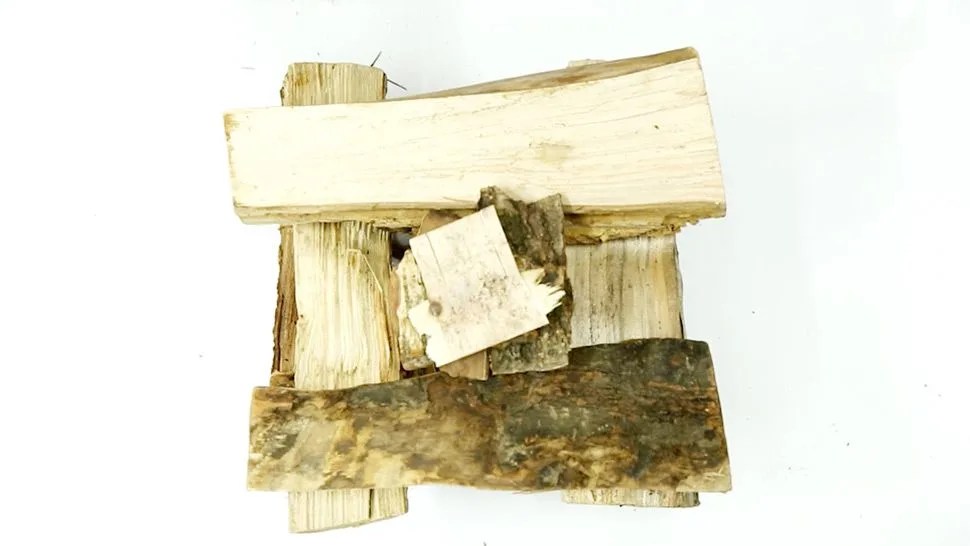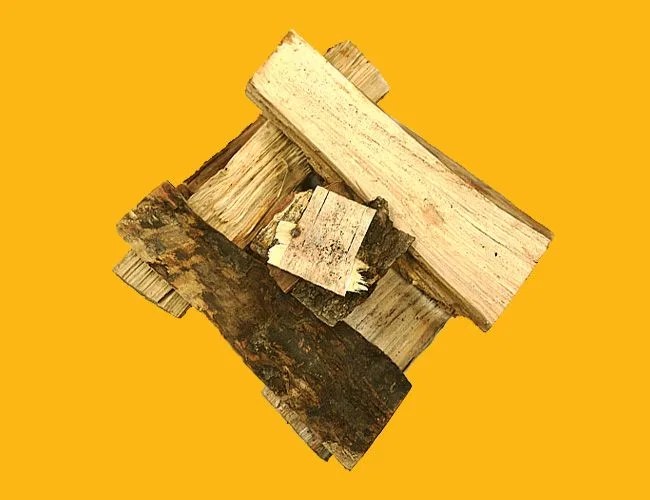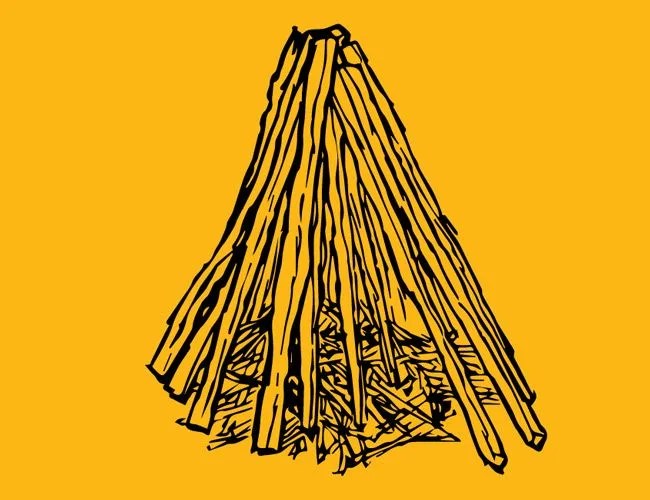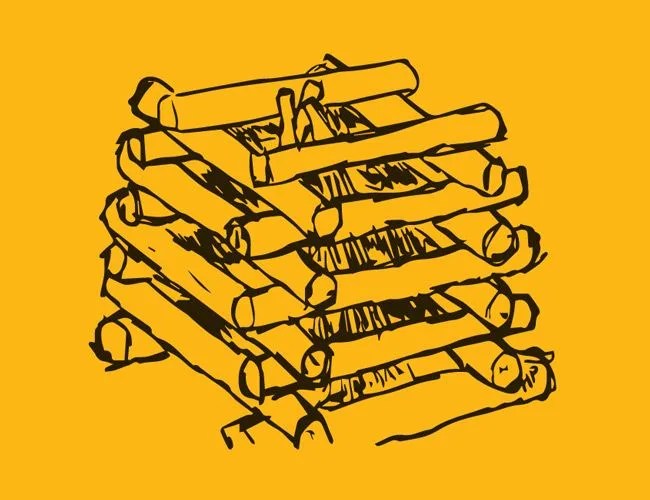
Eagle Scouts aren’t the only ones who need to know how to build a campfire. It’s a necessary art form for all those looking to explore the wild. After all, anybody can get lost. In dire times, a fire will keep you warm, help you cook, dry your clothes, elevate your spirits and help rescuers pinpoint your location. In these ways, knowing how to make a fire can save your life. Fortunately building one doesn’t require a ton of practice — just a bit a knowledge. We asked Demyan Hryciw, an instructor and administrator at REI’s Tri-State Outdoor School, to guide us through making two basic (and safe) campfires. Happily, he obliged.
Know Thy Wood

“There are three parts to a fire”, says Hryciw: “the tinder, the kindling and the fuel.”
Tinder: Tinder is the smallest fuel type. According to Hryciw, “the best materials for tinder are bark, wood chips, dried grass pine needles, etc.” Another good fire starter, although not organic, are Doritos chips.” Leaves make horrible tinder because they don’t burn; they just smolder and create a lot of smoke.
Kindling: Dead twigs and branches that are no bigger than a ballpoint pen, which should be found on the ground.
Squaw Wood: Longer and thicker than kindling, this type of fuelwood is closer to the size of a human’s wrist.
Bulk Firewood: Anything larger than squaw wood, this fuelwood is usually too large to break. It should be added to the fire only after the fire is ablaze. Large fuelwood can smother a fire if added too soon, so make sure the fire is fairly self-sustaining.




